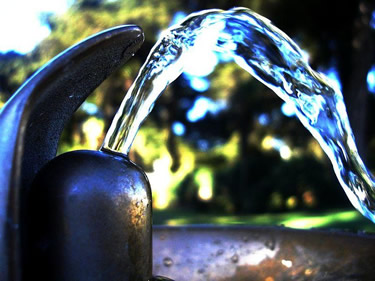Why test my CT water for lead?
 While lead has many useful industrial applications through out Connecticut, in water, lead is a toxic metal, and can cause serious cumulative damage to the brain, organs and blood cells over time.
While lead has many useful industrial applications through out Connecticut, in water, lead is a toxic metal, and can cause serious cumulative damage to the brain, organs and blood cells over time.
Small children are especially susceptible to long term damage from ingesting lead.
Lead occurs naturally in ground waters, but most lead contamination in drinking water comes from lead leaching into the water supply from service pipes, fixtures, valves and other materials containing lead. The United States Environmental Protection Agency (USEPA) estimates that approximately 20 percent of human exposure to lead is attributable to lead in drinking water.
Lead in water testing is often required for child care, day care, and foster care licensing in Connecticut and may be required in some adoption proceedings even if your drinking water comes from a public source. Several CT school systems test the school’s drinking water for lead as well.
If you have children it is a good idea to have a lead in water test regardless to safeguard their health.
Lead in CT drinking water can cause a variety of serious health effects. In babies and children, exposure to lead in drinking water can result in delays in physical and mental development, along with deficits in attention span and learning abilities. In adults, it can cause increases in blood pressure. Adults who drink this water over many years can develop kidney problems or high blood pressure.
Lead is rarely found in source water, but enters tap water through corrosion of plumbing materials. Homes built before 1986 are more likely to have lead pipes, fixtures and solder.
However, new homes are also at risk: even legally “lead-free” plumbing may contain up to 8 percent lead. The most common problem is with brass or chrome-plated brass faucets and fixtures which can leach significant amounts of lead into the water, especially hot water.
Lead is strictly regulated in public water supplies, and the USEPA sets a maximum allowable level of 15 parts per billion, or .015 milligrams per liter.
Often lead problems can be corrected by replacing the lead service pipes with new piping, by replacing lead-leaching brass fixtures with new non-leaded brass, and/or by treating for corrosive water conditions to prevent the water from leaching lead from the piping or fixtures.
For lead removal in drinking water, reverse osmosis systems, carbon block filters, and distillers work well for one tap or faucet, referred to as point-of-use.
Lead in water test services in Connecticut.







